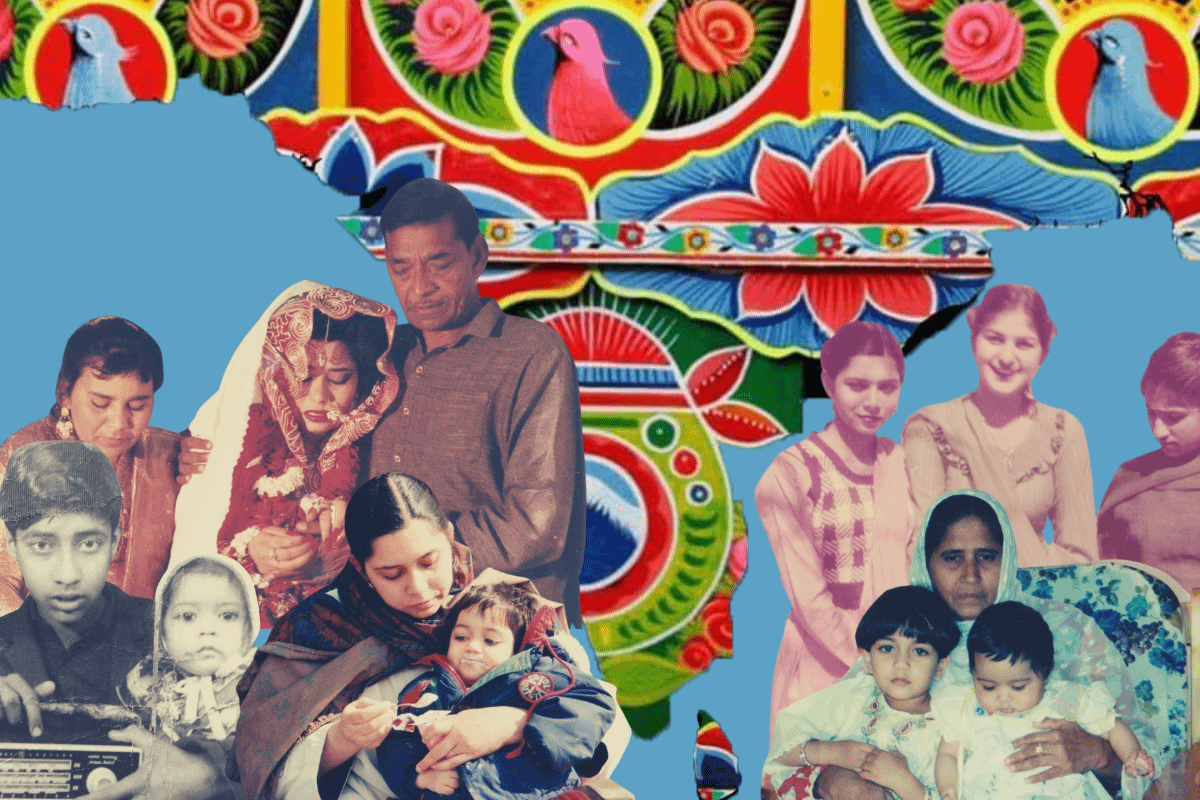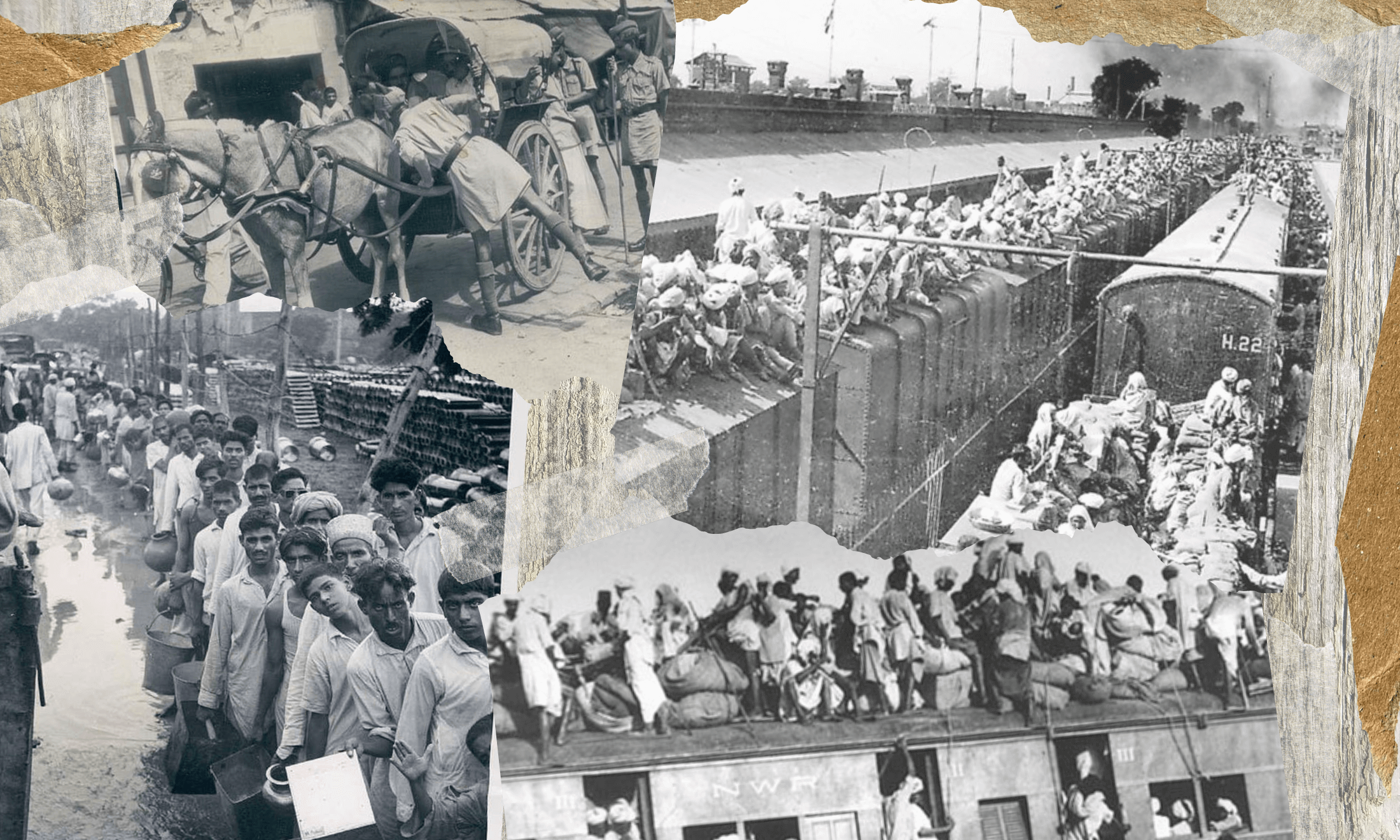
Photography courtesy of writer
Why the UK’s first-ever South Asian Heritage Month meant so much to me
Following the UK's first-ever South Asian Heritage Month, Ruby Bukhari reflects on her involvement, just why the event was so necessary and what it needs to focus on moving forward
Ruby Bukhari
27 Aug 2020
Photographs courtesy of the author
There are so many unique cultural nuances to being British South Asian. We are children of immigrants, therefore multilingual bodyguards of our parents, and we navigate identity and the intergenerational trauma from partition, colonisation and immigration that still ricochets.
During my teens and early twenties, I yearned for solidarity, kinship, and empathy within the South Asian community. My family does not discuss the Partition, and the small fragments of stories I have heard are often too painful to continue. Why could I not share my grief and pain with those who looked like me the most? This past month saw the UK’s first-ever South Asian Heritage Month, though, which sought to create space for that kinship I had been yearning for.
“My family does not discuss the Partition, and the small fragments of stories I have heard are often too painful to continue. Why could I not share my grief and pain with those who looked like me the most?”
One in 20 people in the UK are of South Asian descent but discussions of our contributions to this country are non-existent. I grew up surrounded by South Asian faces, voices, and stories in my immediate community, yet me and my siblings are not represented here. When we do see ourslves the media and on larger platforms often takes the shape of caricatures or characters created as the butt of the joke (think Chabuddy G and Citizen Khan).
Alongside co-founders Jasvir Singh and Binita Kane, we just wrapped up over 55 official events and over 150 fringe events. The heights we have achieved during a global pandemic speaks to the urgency of creating space for our community.
South Asian Heritage Month is an umbrella under which we come together to exchange stories, build relationships, or speak on the injustices happening within the community. It is only at 26 I can spot the effects of intergenerational trauma. This experience has been emotionally awakening. For the first time on such a large scale, I heard stories of my history, of what we truly lost during the forced migration of 1947.
These past few weeks, I have witnessed my community come together to discuss issues we have historically brushed under the carpet.
Inspired by my past experiences of not being paid as much the previous (white) position holder, workplace discrimination, sexism, Islamophobia, fetishization and mental health struggles, I organised ten events with my online magazine, Ruthless. Ruthless was born out of necessity, after several negative and toxic experiences in the creative industry. With the publication, I decided to create a safe space for young and emerging creatives to showcase their talent.
“We use ‘Desi’ to lumber all South Asians together, but it’s not an inclusive term”
Our events at SAHM covered topics such as colourism, LGBTQI+ stigma and exclusion in the creative industry. Creative pioneers such as Alia Romagnoli, Anisa Topan, Simran Jeet Singh, Sangeeta Pillai and Parle Patel participated in conversations, sharing their experiences. To give these pioneers and leaders a platform has not only been a dream come true, but a long time coming. It’s imperative we keep having conversations about issues such as the depth of biases towards black people and how we can start unlearning these toxic behaviours.
When we see South Asian representation it is often limited to Pakistani, Indian or Punjabi; Savarna castes; cishet people; middle-classes. During a panel discussion I spoke on the term “Desi” – we use this to lumber all South Asians together, but it’s not an inclusive term.
I was also surprised to learn the amount of South Asian-led mental health-focused safe spaces around the UK shocked me. Mental health is often a conversation disregarded in our communities – yet there are many (more than I anticipated!) psychologists, activists and charities specifically speaking mental health issues unique to South Asians. There is spectacular work lead by womxn, fighting on the forefront for universal rights, speaking on periods, domestic abuse, marital rights, sex and much more occurring on and offline, all of which shows how far we have come.
During the planning stages, Natasha Junejo of South Asian Writers joined the movement. The organisation held a call out for anyone to submit under #OurStoriesMatter. Speaking to me on the ethos of the community she is creating, Natasha says: “We are here to amplify and to support all diverse voices from our community. We want people to write for them, without having to explain their brownness, without having to filter any parts of themselves. It is a safe space for them to create and flourish.”
“There is a clear demand for further investigation and conversation on gatekeepers, colourism, systematic and structural racism and lack of opportunities”
Still, there’s more work to be done. From the feedback I have received during South Asian Heritage Month, there is a clear demand for further investigation and conversation on gatekeepers, colourism, systematic and structural racism and lack of opportunities.
The biggest lesson I have taken from the first year of South Asian Heritage Month is how intertwined British history is with that of South Asia. Although significant migration from our respective mother countries occurred during the 1960s and 70s, our relationship with the UK began hundreds of years ago. Soldiers from a collective India fought both World Wars for the British, hundreds of Ayahs were brought from South Asia to raise British children and eventually left at Kings Cross station with nothing but a pound. South Asians have contributed to all aspects of British life, from chicken tikka being served in pubs and garage music played on the radio to the NHS front line.
Across social media, we had 83 million engagements in the first year. The movement will only grow. We will continue to bring those who are more marginalised within our communities to the forefront, create safe spaces, offer opportunities and build allyship between South Asian voices across the UK. It has taken a long time to create this space and now that we have, I can’t wait to share the talent of my siblings with the world.









